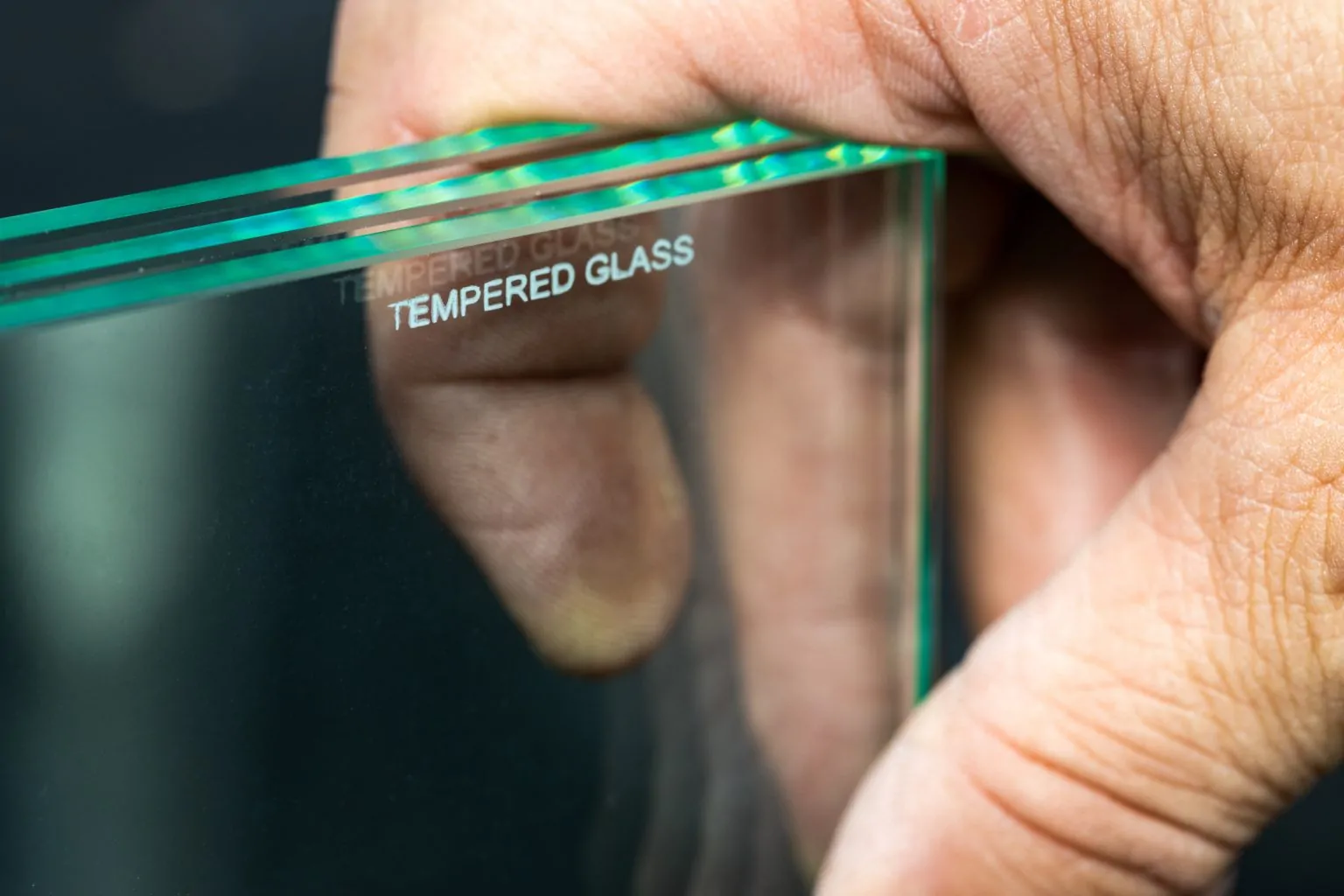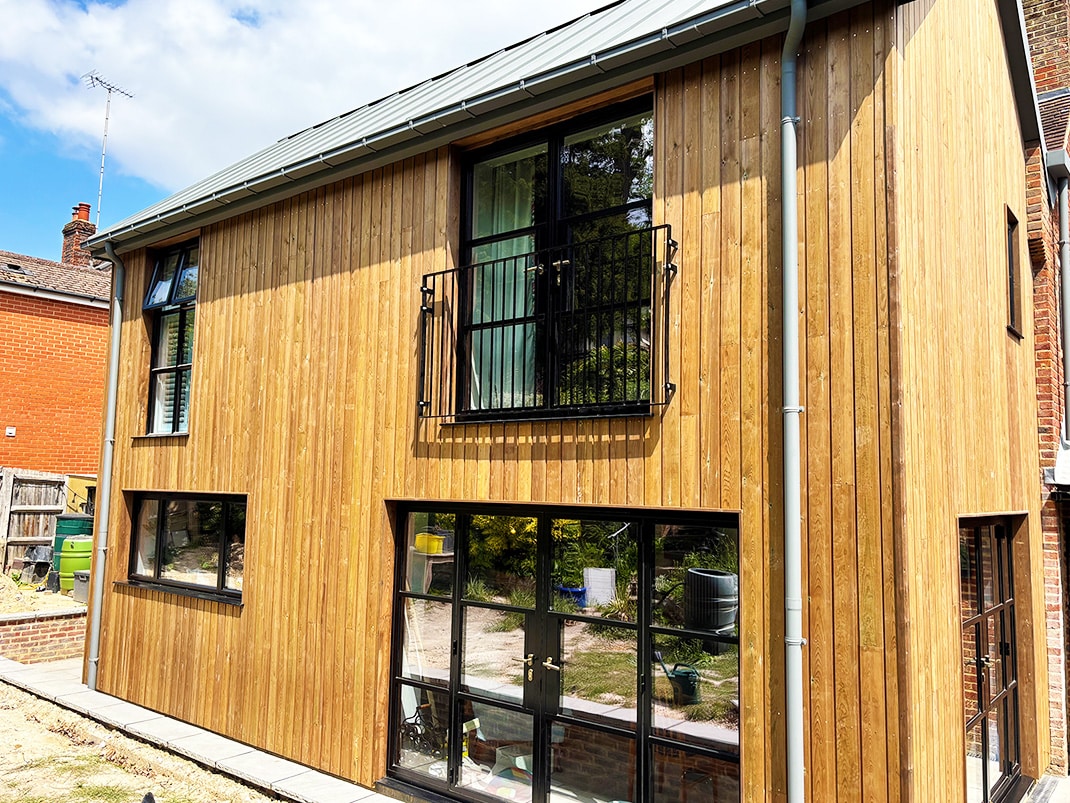Natural stone is admired for its elegance, durability, and timeless beauty for centuries. From ancient monuments to modern architectural masterpieces, natural stone has found its place in the world of design. Behind every stunning stone installation lies the meticulous craftsmanship of a natural stone fabricator. In this article, we will delve into the artistry of a natural stone fabricator and explore the journey of raw material to refined beauty.
Table of Contents
Understanding Natural Stone Fabrication
Before beginning, let’s begin with a basic understanding of natural stone and how it is extracted.
What is Natural Stone?
Natural stone is a geological material formed over thousands of years through the combination of minerals and natural processes. It encompasses a wide range of stone types, including granite, marble, limestone, travertine, and slate, each with its unique characteristics and aesthetic appeal.
The Process of Quarrying
The journey of natural stone begins at the quarry. Quarrying involves the extraction of stone blocks from the earth’s crust using various techniques such as drilling, blasting, and cutting. Quarrying sites are carefully selected based on the quality and availability of stone.
Extraction and Transportation of Raw Materials
Once the stone blocks are extracted, they are transported to fabrication facilities where the transformation process begins. Careful handling and transportation are crucial to ensure the integrity of the stone and prevent damage during transit.
Stone Selection and Evaluation
Choosing the right natural stone is paramount to achieving the desired aesthetic and functional outcome. Fabricators work closely with designers, architects, and homeowners to understand their vision and requirements. Several factors are considered during the stone selection process, including color, veining, pattern, durability, and suitability for the intended application.
To ensure the quality of the stone, fabricators carefully evaluate each block. They examine its structural soundness, assess its density and absorption rates, and check for any flaws or imperfections that may affect its performance or appearance.
The color of the stone is a crucial consideration, as it sets the tone for the entire space. Whether it’s a warm and inviting ambiance or a sleek and modern look, the right stone color can make a significant impact.
Veining and patterns in natural stone are like works of art created by nature. Fabricators evaluate the stone’s veining characteristics, determining whether they align with the design intent and enhance the overall aesthetics.
Stone Cutting and Shaping
Once the stone selection process is complete, the fabrication process moves to cutting and shaping the stone. Advanced machinery and precision tools are employed to ensure accuracy and consistency in the dimensions and shapes of the stone pieces.
Stone-cutting techniques vary depending on the type of stone and desired outcome. Diamond saws, water jets, and wire saws are commonly used to cut through the stone with precision. These cutting techniques allow fabricators to create slabs, tiles, and custom pieces according to project requirements.
Surface Finishing and Polishing
Surface finishing and polishing are crucial steps in natural stone fabrication that bring out the true beauty of the stone. Different types of finishes are available, ranging from a matte, honed surface to a glossy, polished appearance.
The finishing process involves grinding the stone surface to achieve the desired texture and appearance. Honing removes any visible scratches or imperfections, resulting in a smooth, low-sheen finish. Polishing further refines the surface, enhancing its reflective properties and highlighting the stone’s inherent patterns and colors.
Edge Profiling and Detailing
To add a touch of elegance and sophistication, natural stone fabricators offer a wide range of edge profiles. These profiles shape the exposed edges of countertops, tables, and other stone surfaces, giving them a distinctive look.
Fabricators use specialized machinery and hand tools to create various edge profiles, such as beveled, bullnose, ogee, and more. Each profile adds a unique dimension to the stone, complementing the overall design aesthetic.
In addition to edge profiling, fabricators can incorporate intricate detailing and accents into the stone. These details can range from delicate engravings to custom inlays, adding a personalized touch to the final product.
Stone Installation and Sealing
Once the fabrication process is complete, the natural stone is ready for installation. Fabricators work closely with installers to ensure a seamless and precise installation. Proper preparation of the installation site is essential to create a stable and secure foundation for the stone.
Adhesive and anchoring methods are used to secure the stone in place, ensuring it withstands the test of time. Fabricators consider the specific requirements of each project, such as load-bearing capacity and environmental factors, to determine the most suitable installation methods.
Sealing the natural stone is an important step in the process. Sealants help protect the stone from stains, moisture penetration, and everyday wear and tear. Regular maintenance and resealing are recommended to preserve the stone’s appearance and longevity.
Maintenance and Care
To maintain the natural beauty of stone surfaces, proper care and maintenance are essential. Regular cleaning using mild, pH-neutral cleaners is recommended to prevent the buildup of dirt and grime. Avoid using abrasive cleaners or harsh chemicals, as they can damage the stone’s finish.
Wiping up spills promptly and using coasters or mats under hot or abrasive objects can help prevent damage to the stone surface. Additionally, avoiding contact with acidic substances such as citrus juices or vinegar can prevent etching or discoloration.
Periodic resealing of the stone is necessary to ensure its long-term durability and protection. Fabricators can provide guidance on the recommended sealing schedule and suitable products for specific stone types.
The Versatility of Natural Stone
One of the remarkable qualities of natural stone is its versatility. It can be used in a wide range of applications, both indoors and outdoors, offering endless design possibilities.
In interior design, natural stone is commonly used for countertops, backsplashes, flooring, and wall cladding. Its durability, heat resistance, and timeless appeal make it a popular choice for kitchens, bathrooms, and living areas.
In exterior applications, natural stone adds a touch of elegance and sophistication to facades, patios, and landscaping features. Its ability to withstand varying weather conditions, coupled with its natural beauty, makes it an excellent choice for outdoor spaces.
Architects and designers continue to push the boundaries of creativity by using natural stone in innovative ways. From sculptural installations to feature walls, the versatility of stone allows for unique and striking design statements.
In conclusion, the artistry of a natural stone fabricator is truly remarkable. From selecting the perfect stone to transforming it into a refined masterpiece, fabricators bring out the inherent beauty and character of natural stone. Their craftsmanship and attention to detail result in stunning stone installations that stand the test of time.
If you’re looking for a trusted company that offers custom natural stone fabrications for your home, look no further than Deleese Stone. With their expertise and commitment to excellence, they can turn your vision into reality. Whether it’s a stunning granite countertop or an intricate marble sculpture, Deleese Stone’s skilled fabricators will create a masterpiece that enhances the beauty of your living space.
So, the next time you admire a beautifully crafted natural stone countertop or marvel at an intricate stone sculpture, remember the skill and expertise that went into creating such refined beauty. Trust Deleese Stone to bring the artistry of natural stone fabrication into your home.





